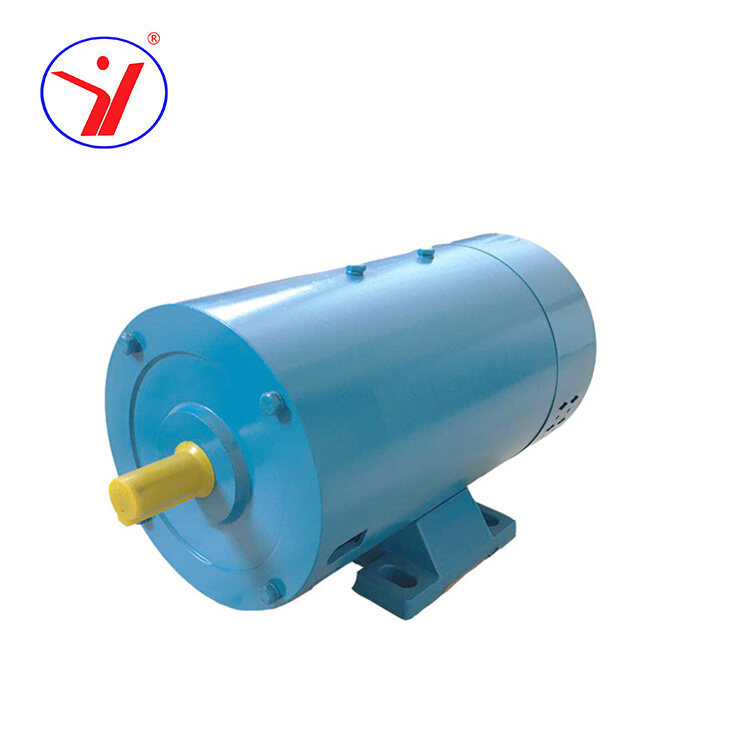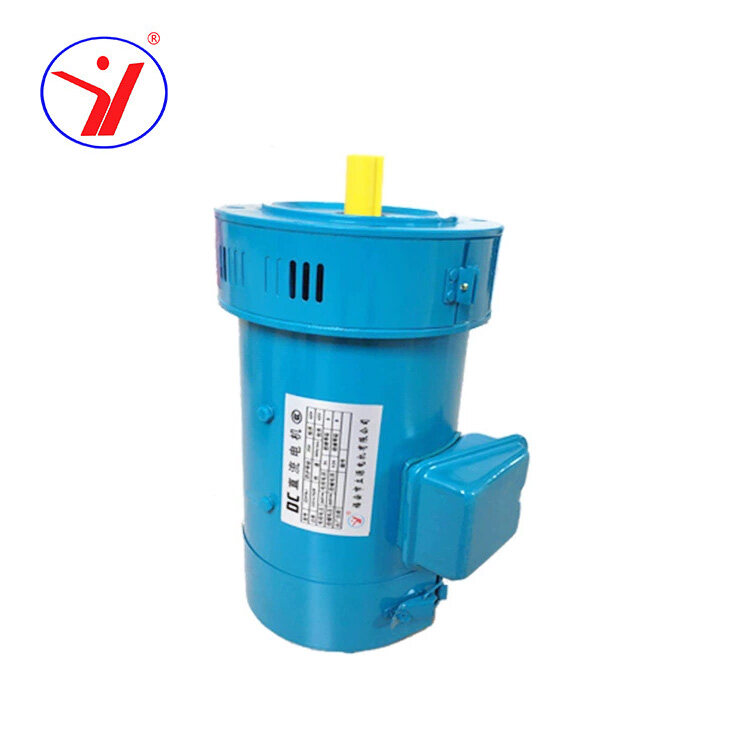Understanding Variable Speed DC Motor Drives: Revolutionizing Industrial Automation and Beyond
Introduction:
Variable-speed DC motor drives have become indispensable in modern industries, offering unparalleled flexibility and efficiency in motor control. From automotive assembly lines to renewable energy systems, these sophisticated devices play a crucial role in optimizing performance and energy consumption. In this article, we'll delve into the fundamentals of variable-speed DC motor drives, their operation principles, types, advantages, applications across various industries, and the latest trends shaping their development.
Principles of Operation:
At the heart of variable-speed DC motor drives lies the principle of precise speed control. By manipulating the voltage and current supplied to the motor, these drives regulate the motor's rotational speed with remarkable accuracy. Pulse Width Modulation (PWM) techniques are commonly employed to achieve this control, where the width of the pulses determines the effective voltage applied to the motor. Control algorithms, coupled with feedback mechanisms such as encoders or Hall-effect sensors, ensure dynamic adjustment to maintain desired speed and torque levels.
Types of Variable Speed DC Motor Drives:
Variable speed DC motor drives come in various configurations tailored to specific applications. Chopper-controlled drives modulate the average voltage supplied to the motor by rapidly switching the power on and off. PWM-controlled drives, on the other hand, use high-frequency switching to generate variable voltage and frequency outputs, offering smoother operation and reduced motor noise. Current-source inverters provide precise current control, ideal for applications requiring high torque at low speeds.
Advantages and disadvantages:
The advantages of variable-speed DC motor drives are manifold. They offer superior speed regulation, torque control, and efficiency compared to fixed-speed drives or AC drives. By matching motor speed to load requirements, they optimize energy consumption, resulting in significant cost savings and environmental benefits. However, their complexity and cost may pose challenges for some applications, and they may require additional maintenance due to the presence of electronic components.
Control Techniques:
Variable speed DC motor drives employ various control techniques to meet diverse performance criteria. Open-loop control provides basic speed regulation without feedback, making it suitable for simple applications with consistent operating conditions. Closed-loop control utilizes feedback mechanisms to continuously adjust motor parameters, ensuring precise speed and torque control under varying loads. Advanced techniques like vector control enable precise control of motor flux and torque, enhancing dynamic performance and efficiency.
Design Considerations:
Designing variable-speed DC motor drives requires careful consideration of several factors. Motor selection involves choosing the right type and size of motor to match the application requirements. Power electronics components, such as transistors and diodes, must be carefully chosen to handle the required voltage and current levels efficiently. Effective cooling systems are essential to dissipate heat generated during operation, ensuring reliability and longevity. Additionally, robust protection circuits safeguard the drive and motor against overcurrent, overvoltage, and other fault conditions.
Applications:
Variable speed DC motor drives find applications across a wide range of industries. In the automotive sector, they power electric vehicles, hybrid propulsion systems, and precision manufacturing equipment. In aerospace, they drive actuators, pumps, and auxiliary systems, offering reliability and performance in demanding environments. Industrial automation relies on variable-speed drives for conveyor systems, pumps, and fans, optimizing production processes and energy usage. In renewable energy systems, such as wind turbines and solar trackers, they ensure efficient power generation and grid integration. Robotics also benefit from precise motor control, enabling agile and precise movements in various robotic applications.
Trends and Developments:
The field of variable-speed DC motor drives is continually evolving, driven by advancements in power electronics, control algorithms, and integration with IoT platforms. The development of wide-bandgap semiconductors, such as silicon carbide (SiC) and gallium nitride (GaN), promises higher efficiency and power density, paving the way for more compact and efficient drives. Enhanced control algorithms, including predictive and adaptive control techniques, improve dynamic performance and energy efficiency. Integration with IoT platforms enables remote monitoring, diagnostics, and predictive maintenance, enhancing reliability and reducing downtime.
Conclusion:
Variable-speed DC motor drives represent a cornerstone of modern industrial automation, offering unparalleled performance, efficiency, and flexibility. As technology continues to advance, these drives will play an increasingly vital role in driving innovation and sustainability across various industries. By understanding their principles, types, advantages, applications, and emerging trends, engineers and decision-makers can harness the full potential of variable-speed DC motor drives to propel their businesses into the future.



